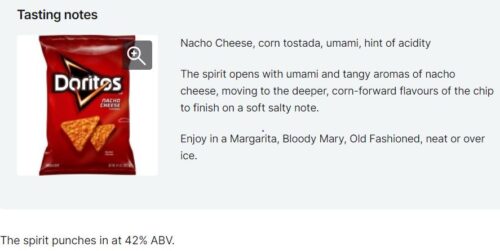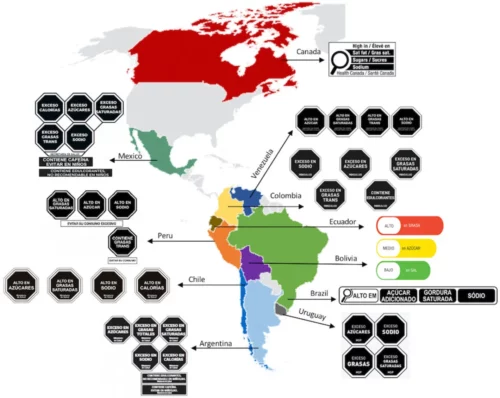My email and Twitter (sorry, X) feeds are full of arguments about the NOVA classification of foods, which divides foods into four categories:
- Unprocessed and minimally processed foods
- Processed culinary ingredients
- Processed foods
- Ultra-processed foods
By this classification system, you don’t need to worry about the first three categories. The only one that matters is #4, associated strongly with poor health and demonstrated in one clinical trial to induce over-eating; ultra-processed foods are formulated to make them irresistable so you can’t eat just one.
At issue is the definition, with critics arguing that ultra-processed foods are so confusingly defined that nobody can figure out what they are.
That has not been my experience in talking about ultra-processed foods. As far as I can tell, people get the concept right away, which is one reason why the food industry opposes the concept so strongly.
A new study confirms my view. I first read about it in Food Navigator, a newsletter I read daily:
NOVA classification matches consumer instincts, study findsThe NOVA classification system is used to ascertain whether foods are minimally processed, processed or ‘ultra-processed’. A new study has found that people’s perceptions of foods and their processing levels usually align with their NOVA classification…. Read more
I went immediately to the study: Perceived degree of food processing as a cue for perceived healthiness: The NOVA system mirrors consumers’ perceptions,
Alenica Hässig, Christina Hartmann, Luisma Sanchez-Siles, Michael Siegrist, Food Quality and Preference, Volume 110, 2023, 104944,
https://doi.org/10.1016/j.foodqual.2023.104944.
Its main points:
- Consumers had negative associations of foods produced by the industry.
- Perceived degree of processing was a cue for consumers’ evaluation of food healthiness.
- Laypeople’s perception of food processing was in line with the NOVA classification.
I”d say the NOVA classification is doing exactly what it is supposed to, and misunderstanding it is not an issue.
Addition
A reader writes that she is pushing back on this post suggesting (correctly) that I did not read the study carefully. She points out:
- Its authors work for a food company that might have a conflicted interest.
- Some of its methods seem dubious [I don’t agree about all her points].
She concludes: “We should all be careful about rushing in, reading abstracts & author’s conclusions and making comments, without first reading the study in its entirety.”
She’s right. Apologies.



